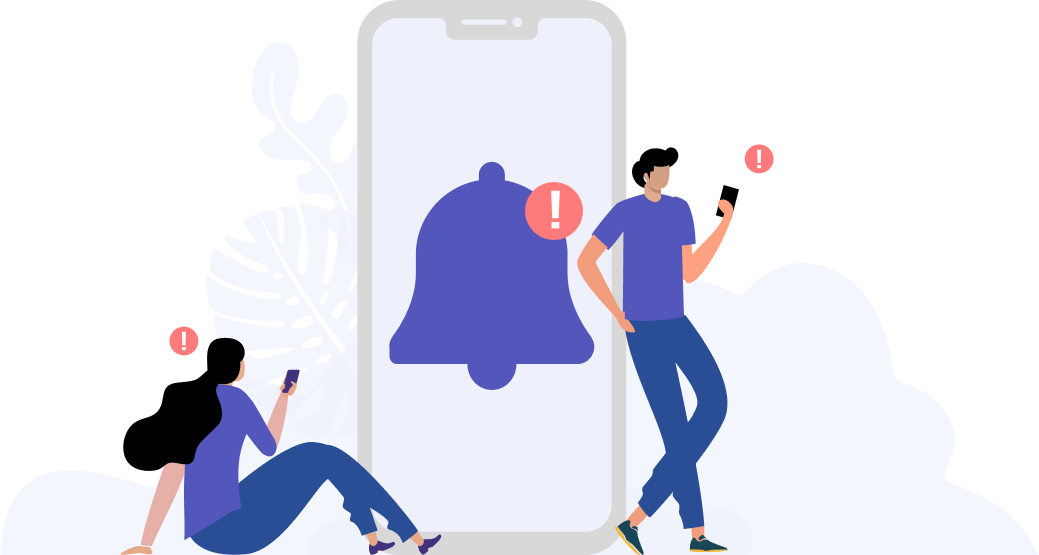Poor vision to no vision
How having high myopia may make you more susceptible to sight-threatening eye diseases like glaucoma

Low vs moderate vs high myopia: Do you know the difference?
Most people are aware that myopia, more commonly known as short-sightedness or near-sightedness, is an eye disease where objects nearby appear clear but those far away appear blurry and unfocused. However, did you know that myopia can be categorised into 3 different types? Based on the severity of the disease, people with myopia fall into either one of the following categories, which are typically measured in dioptres (D) or degrees (1.00D = 100°):
Low myopia: 50° to 299° (-0.50D to -2.99D)
Moderate myopia: 300° to 599° (-3.00D to -5.99D)
High myopia: 600° or greater (-6.00D or greater)
The link between high myopia and glaucoma
Unfortunately, having extremely poor eyesight is not the only consequence of high myopia. While most people who have low and moderate myopia typically do not suffer from further eye problems, those who have high myopia tend to. In fact, the higher the degree of myopia, the greater the risk of developing other eye complications, that can ultimately result in extreme vision loss or even blindness.
Multiple studies have found that patients with high myopia have a more than three times higher susceptibility to developing glaucoma than low or moderate myopia patients.
This is because people with high myopia suffer from an extreme lengthening or elongation of their eyes. When the eyeball is stretched, the tissue supporting the nerve in the eyes is weakened, leading to an increased eye pressure. Since glaucoma, the debilitating eye condition, is often caused by an abnormally high pressure in the eyes, high myopia and glaucoma have been highly associated with each other. Furthermore, high myopia is not only linked to an increased risk of glaucoma – some other eye conditions that can result as a consequence of suffering from high myopia include retinal detachment, macular degeneration or cataracts.

How to avoid getting your vision stolen by the silent thief of sight
Glaucoma is known as the ‘silent thief of sight‘ because the damage to vision occurs so slowly that we do not notice the gradual vision loss until it is too late. At the point of realization, nothing can be done because vision loss due to glaucoma is irreversible.
The only way to combat this silent thief is by going for regular eye exams that include recording eye pressure measurements to detect abnormally high eye pressure that may point to glaucoma. This way, a diagnosis can be made early and vision loss may be slowed or prevented.
For those of you in Singapore, you can make an appointment with an optometrist today using planoEyecheck, an easy, safe and convenient online platform that connects you to your nearest optometrist.
Tools Designed for Healthier Eyes
Explore our specifically designed products and services backed by eye health professionals to help keep your children safe online and their eyes healthy.





